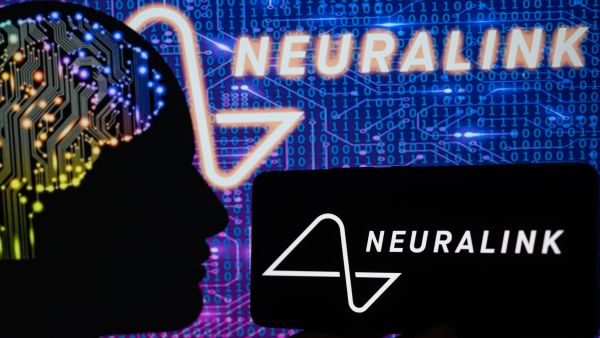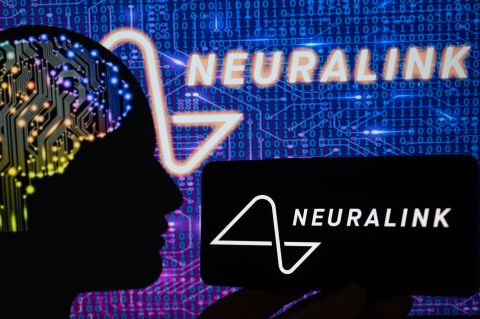ALBAWABA – In a remarkable achievement, a paralyzed and nonverbal patient with a Neuralink chip was able to edit a video using only his brain signals.
Paralyzed patient edits video using Neuralink chip and brain signals
Brad Smith is the third person in the world to receive Neuralink’s brain-computer implant, and the first with Amyotrophic Lateral Sclerosis (ALS)—a progressive neurodegenerative disease that affects nerve cells in the brain and spinal cord.
As the disease advanced, Smith lost control over his muscles, including the ability to speak and even breathe on his own.
Smith was able to edit a video using the Neuralink brain implant and his brain signals—a feat that quickly went viral online. In the video, which he posted on YouTube, Smith explained how he used the implant to control the mouse cursor on a MacBook Pro through a brain-computer interface (BCI), allowing him to edit the very same video.
Notably, the Neuralink chip contains over 1,000 electrodes. According to Smith, the device does not directly read thoughts but instead analyzes neural signals related to movement. After several attempts, Smith discovered that imagining the movement of his tongue was more effective for controlling the cursor than imagining hand movements.
Smith also managed to create a synthetic version of his voice using artificial intelligence (AI) and old recordings of his speech. This allowed him to narrate the video he posted, using his AI-generated virtual voice.










